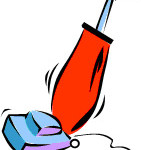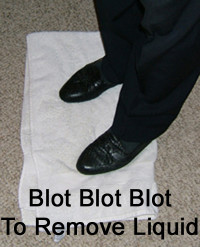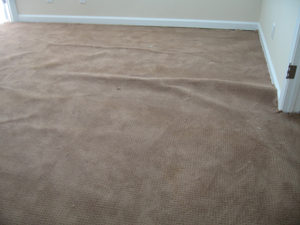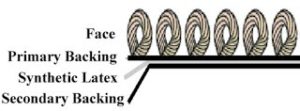 If you have asthma or allergies, this article is for you. Asthma impacts more than 34 million people, and one of the main asthma triggers is an allergen found in dust mite droppings which can also induce allergic reactions in some individuals.
If you have asthma or allergies, this article is for you. Asthma impacts more than 34 million people, and one of the main asthma triggers is an allergen found in dust mite droppings which can also induce allergic reactions in some individuals.
So, what are dust mites? They are microscopic creatures that thrive in the indoor environment provided by homes, specifically in bedrooms and kitchens. They survive well in mattresses, carpets, furniture and bedding. Dust mites shed skin and feces which become a major part of house dust. For most people, this type of dust is not harmful, but it does affect asthma sufferers and people with certain allergies.
The following are good tips provided by the Institute of Inspection, Cleaning and Restoration Certification, IICRC.org.
- Vacuum with a hepa-filter bag on a regular basis and frequently remove dirt from vacuum bags: One of the best ways to remove dust mites is to empty vacuum bags more frequently. It is best to empty the bags when dirt levels are 1/3rd to 1/2 full. Besides getting the dust mites out of your house, frequent vacuum bag emptying will make your vacuum function more efficiently
- Dust and dust mop regularly: Microfiber dust cloths have been found to be very effective at attracting and removing dust.
- Increase carpet cleaning frequency: Have carpets deep cleaned at least once a year and more often in high-traffic areas.
- Limit mold growth: Increased cleaning frequencies will also help limit mold growth. Mold produces the same allergens that impacts asthma sufferers.
- Focus on overlooked areas where people spend time: For example, home offices and chairs. These can become a breeding ground for dust mites.
For more information, please visit our website at www.graysonclean.com




